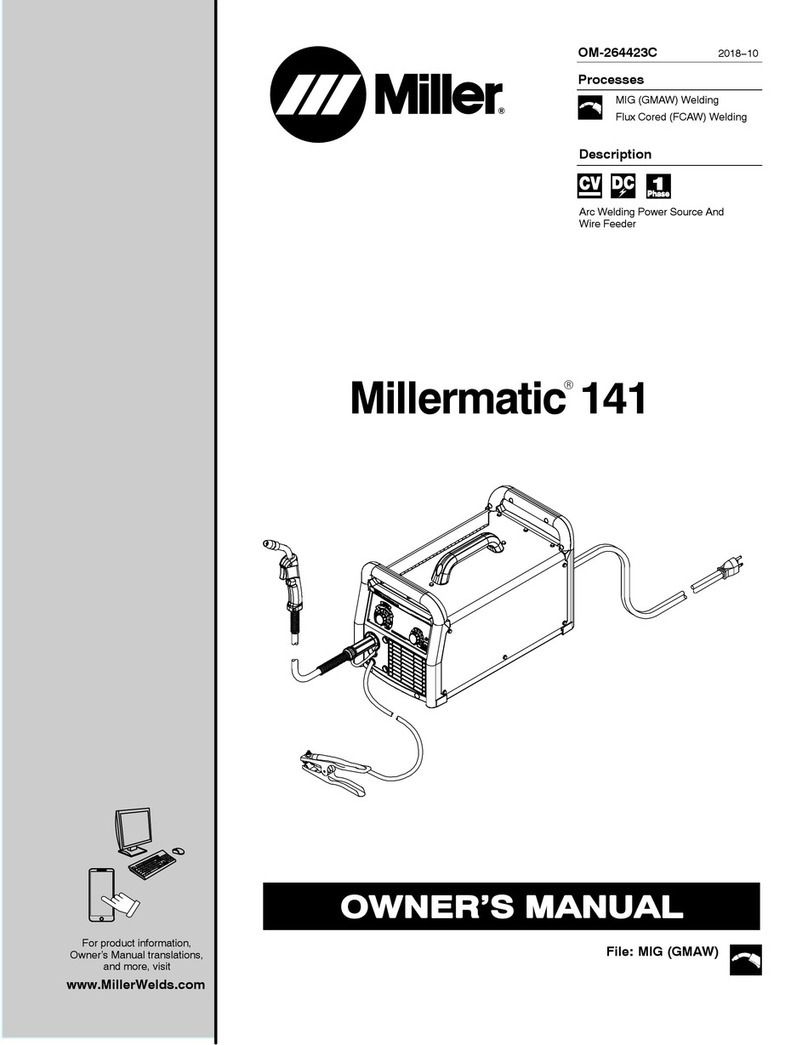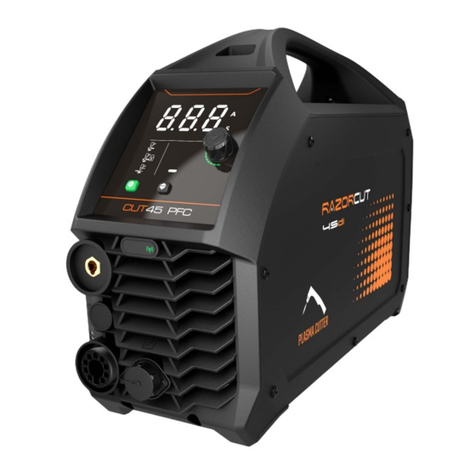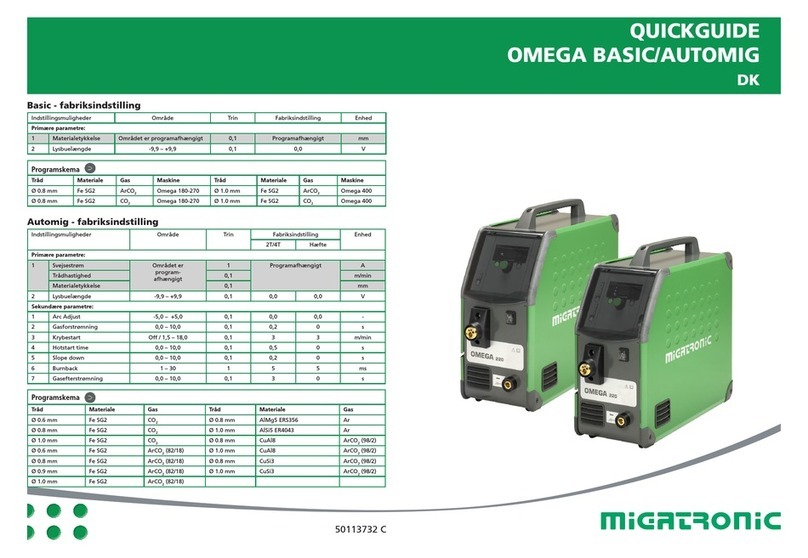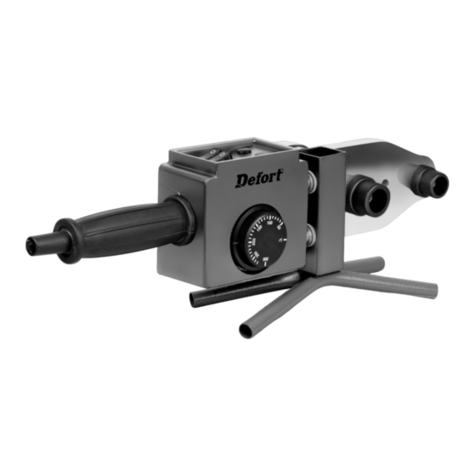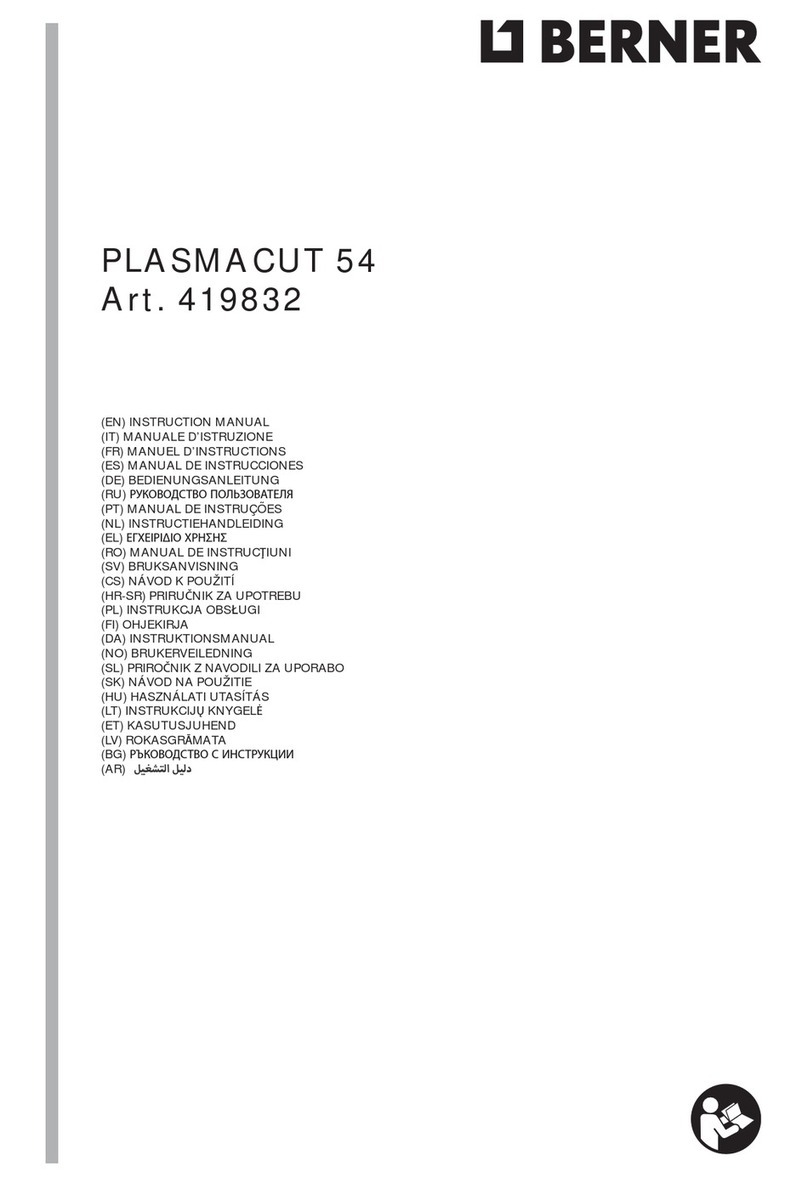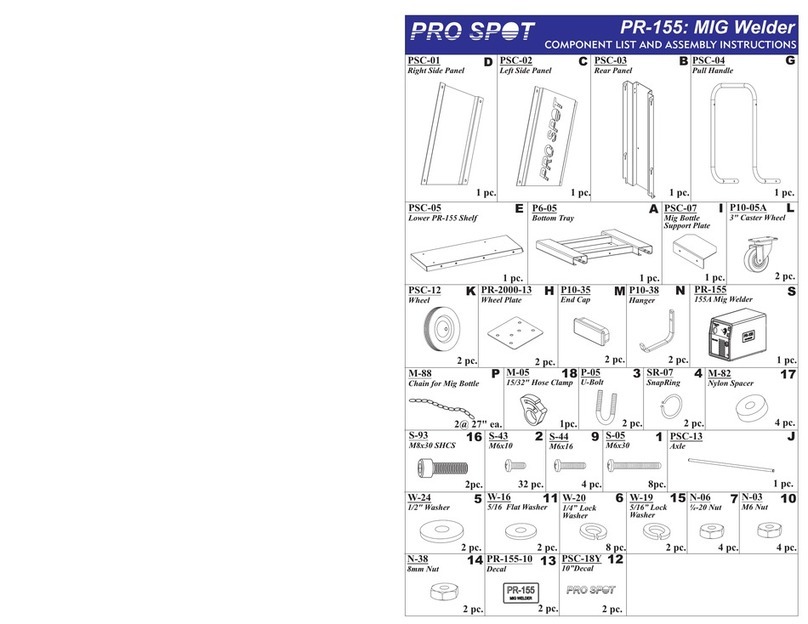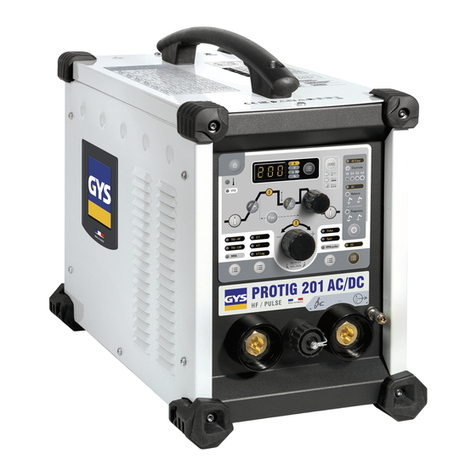Miller INTELLIMATIC S-52M User manual
Other Miller Welding System manuals
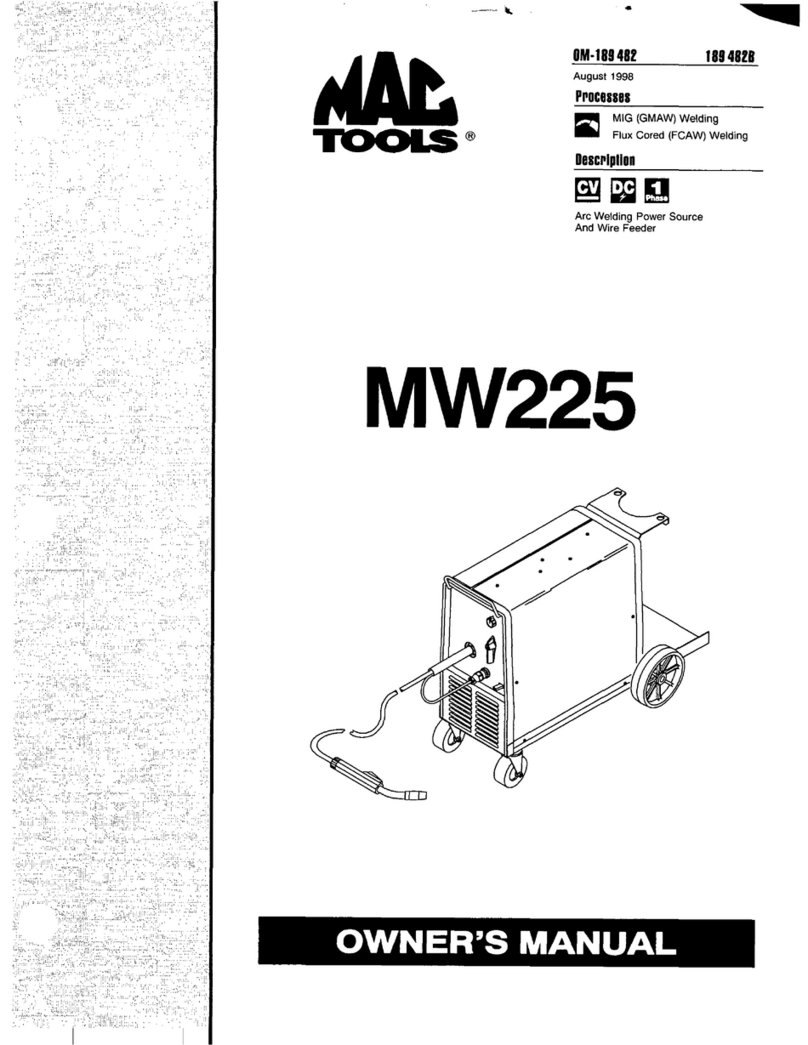
Miller
Miller MW225 User manual

Miller
Miller Continuum User manual
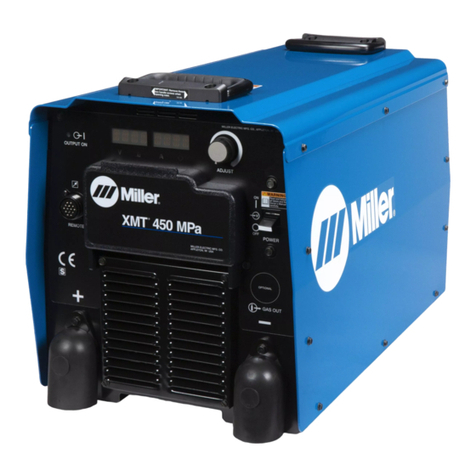
Miller
Miller XMT 450 MPa User manual

Miller
Miller Millermatic 250X User manual

Miller
Miller AG-BAG G6060 User manual
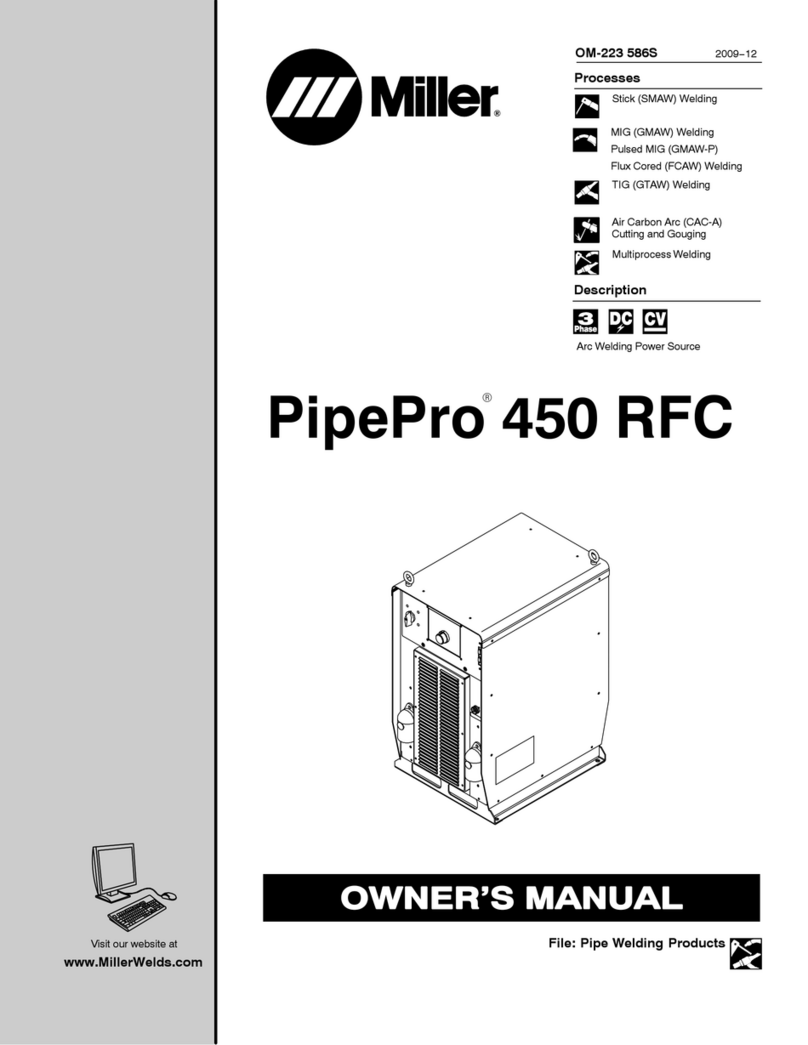
Miller
Miller PipePro 450 RFC User manual

Miller
Miller DYNASTY 350 User manual

Miller
Miller 907275 User manual
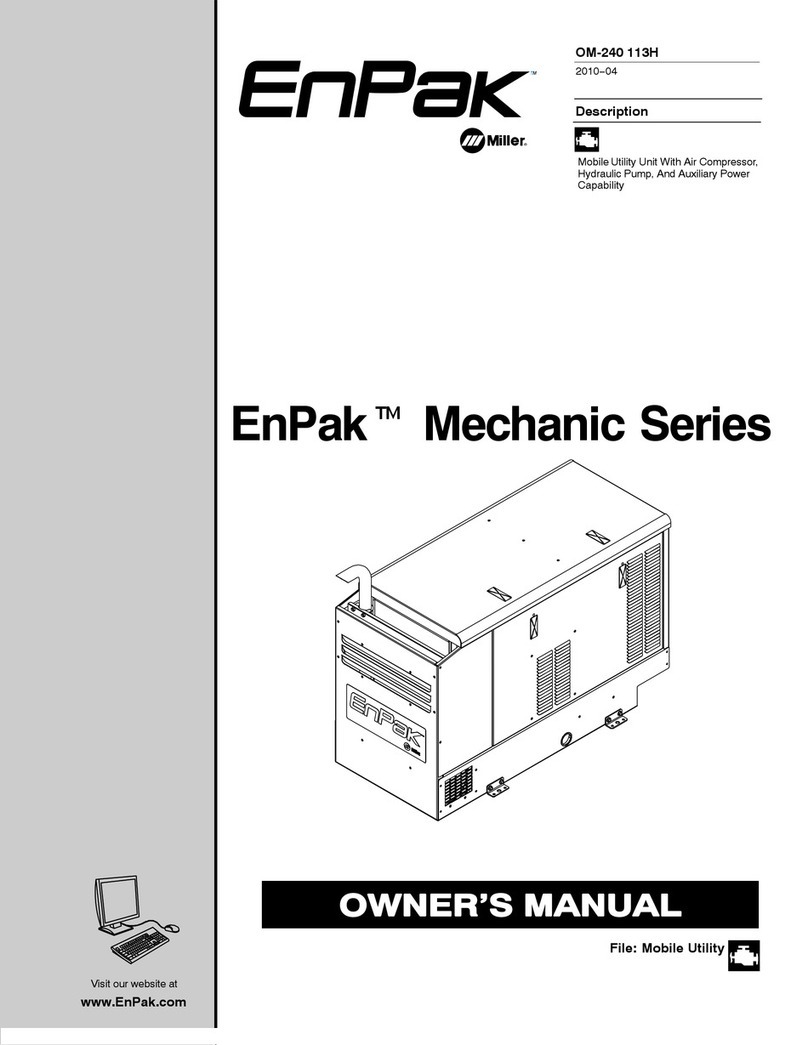
Miller
Miller EnPak Mechanic OM-240 113H User manual
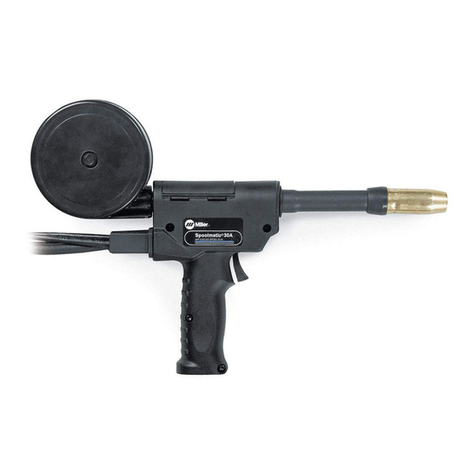
Miller
Miller Spoolmatic 30A User manual

Miller
Miller Big Blue 401DX User manual

Miller
Miller DYNASTY 700 User manual

Miller
Miller Millermatic 190 User manual
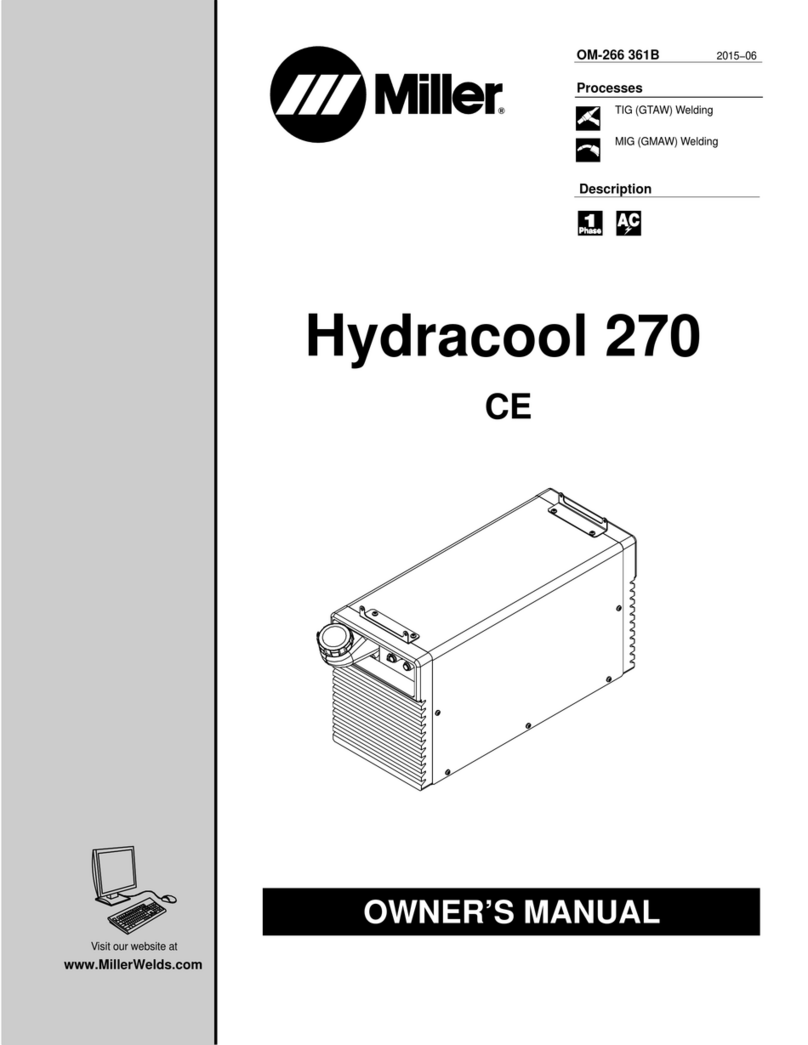
Miller
Miller hydracool 270 CE User manual

Miller
Miller Spectrum 500i User manual

Miller
Miller PipeWorx 400 VRD User manual
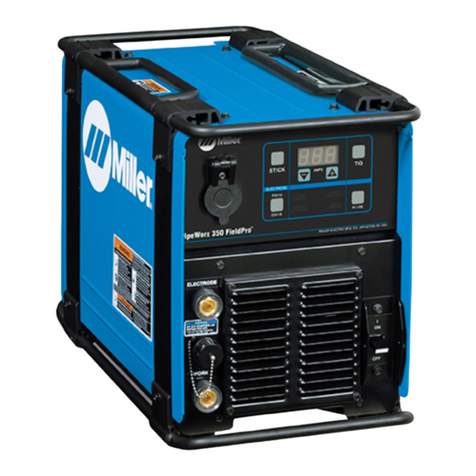
Miller
Miller PipeWorx 350 FieldPro User manual

Miller
Miller Axcess 675 User manual
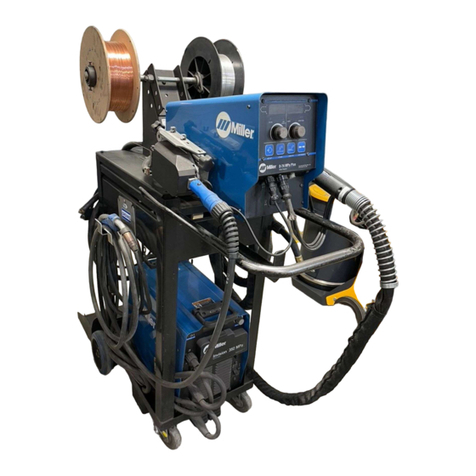
Miller
Miller D-74 MPa Plus User manual
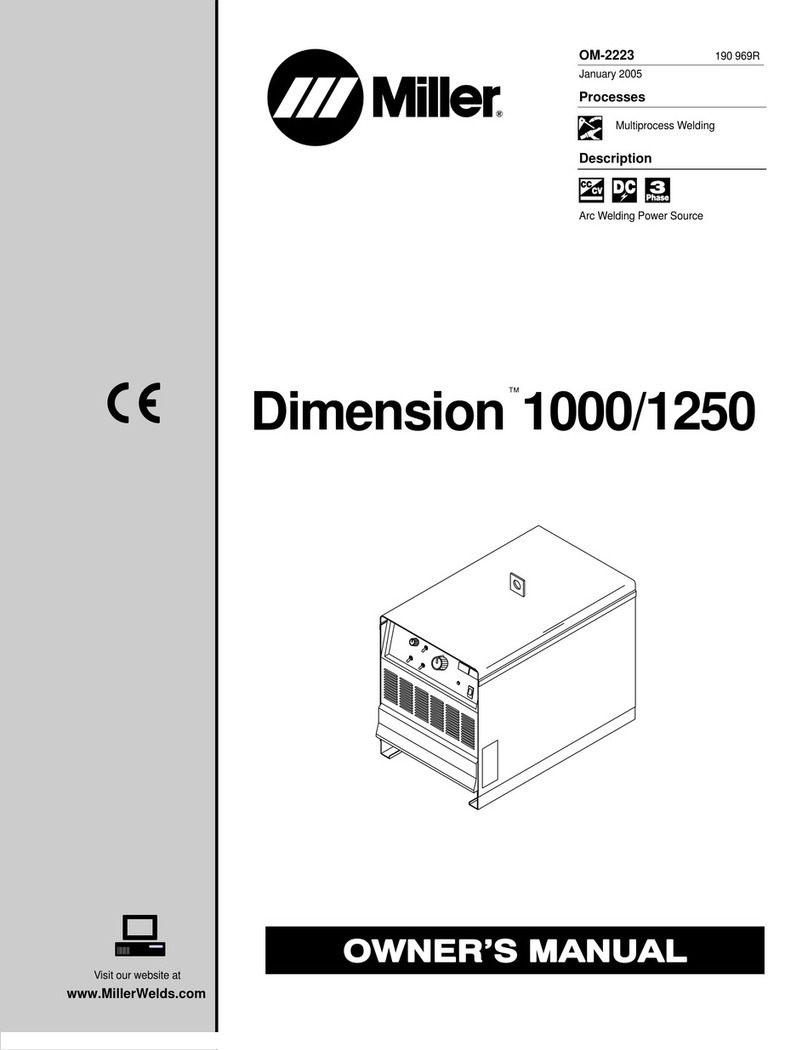
Miller
Miller SQUAREWAVE 1000 User manual
Popular Welding System manuals by other brands

Hobart Welding Products
Hobart Welding Products AirForce 375 owner's manual
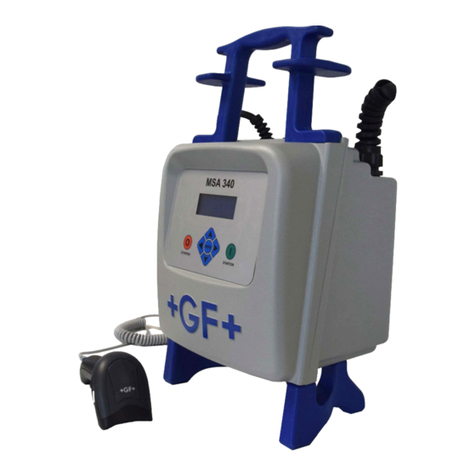
GF
GF MSA 330 instruction manual

Hakko Electronics
Hakko Electronics FX-888D instruction manual

Abicor Binzel
Abicor Binzel ABIPLAS WELD 100 W operating instructions

EWM
EWM Taurus 355 Basic TDM operating instructions

Thermal Dynamics
Thermal Dynamics PakMaster 100 XL plus operating manual

